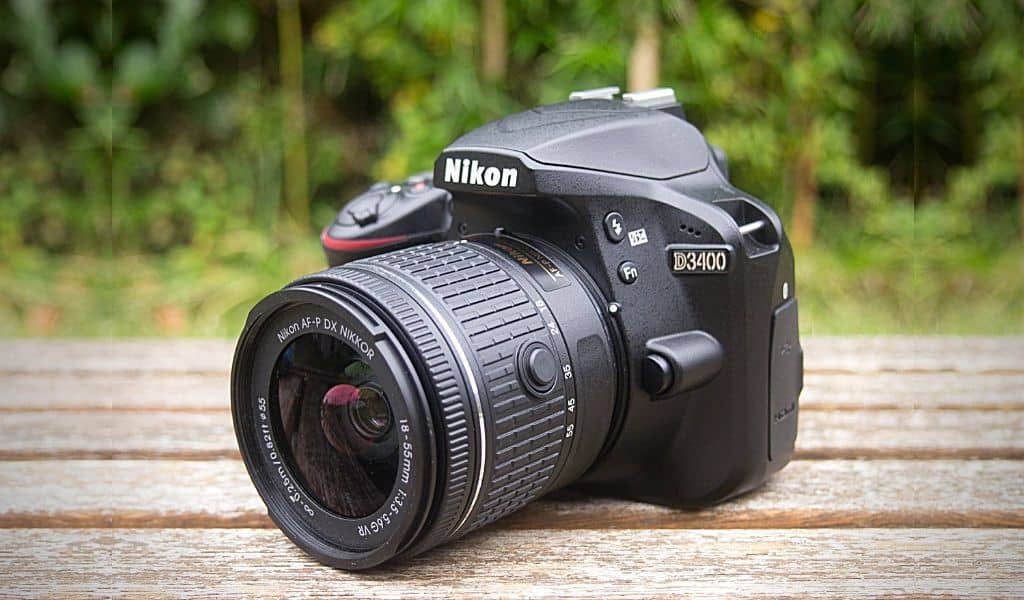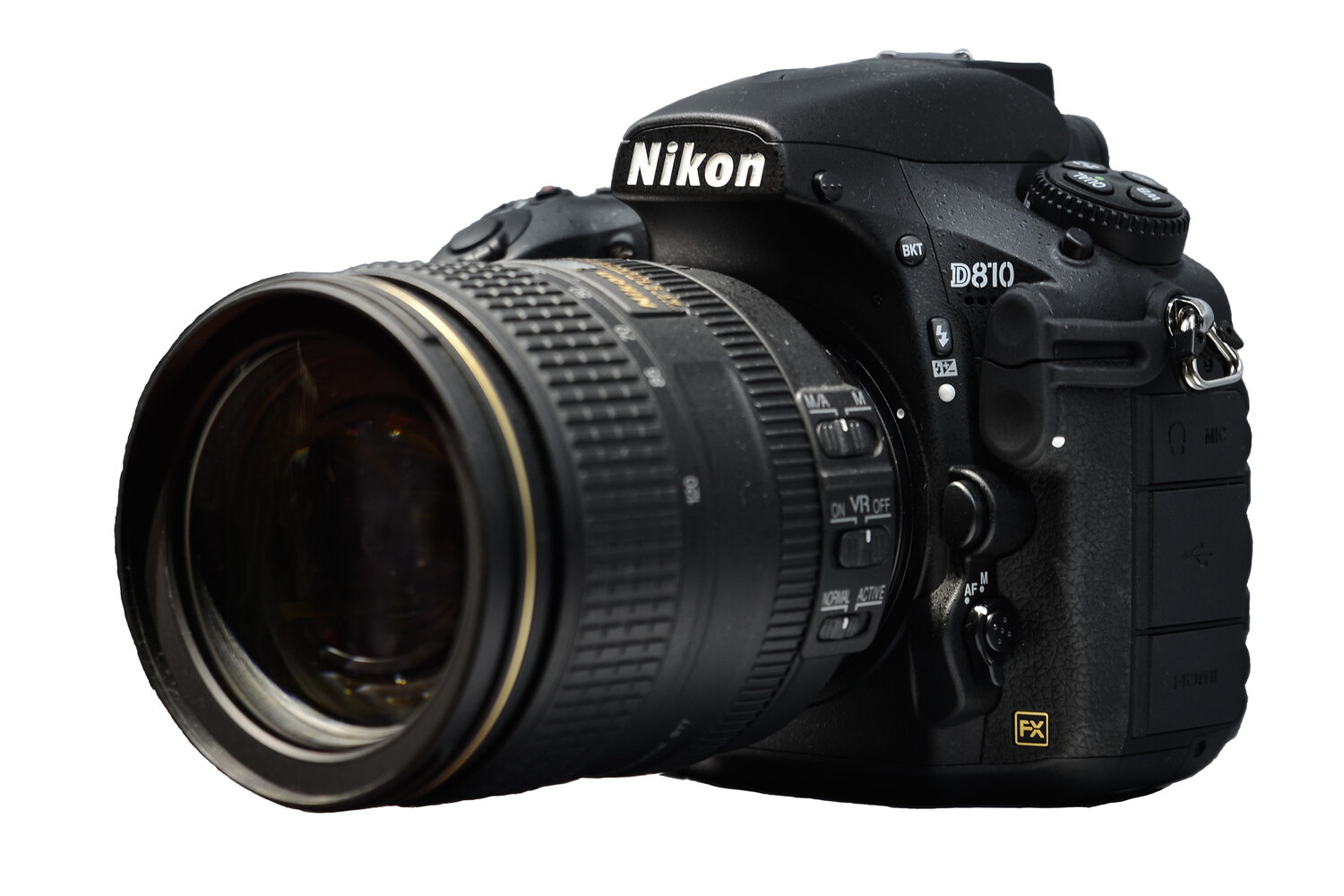Quickview
Image Sensor: 9.0/10
Auto-focusing: 9.0/10
Image Processing: 9.0/10
Still Shooting: 9.0/10
Video Shooting: 9.0/10
Pros
- 24.2MP DX-Format CMOS Sensor
- EXPEED 4 Image Processor
- No Optical Low-Pass Filter
- SnapBridge Bluetooth Connectivity
- Longer Battery Life
Cons
- No external audio jack
- No Ultrasonic Sensor Cleaning
Overview
Nikon’s D3300 is a decent camera for starters who’ve just discovered their passion for photography. It was intended for first time ILC shooters and prosumers that have just discovered that A DSLR camera kit is way better at producing quality images compared to a smartphone’s camera.
Of course, comparing a smartphone’s 20-megapixel camera to the D4300’s 24MP APS-C CMOS sensor is overkill if you compare both. The camera has been a staple for beginners as it continued to gain popularity since it was first announced in 2014.
The only drawback is it does not have WiFi or Bluetooth connectivity that you can use to share photos on the go; the battery is also another thing. Tests show that the camera kit can only take 700 shots on a full charge; although that’s a modest number having to change battery packs all the time is such a nuisance. To compensate for the areas that need improvement, Nikon announced a new and upgraded version of the D3300: The D3400
Nikon’s D3400 is a fairly updated version of the D3300. It still targets the same consumer market as its previous predecessor. So what makes the D3400 special in a market filled with the good competition when it comes to entry-level DSLR’s? Let’s have a look.
Comparing The Specs For The D3400 and The D3300
In terms of competition, there is no other camera in the market that has the audacity to be compared to the D3400 except of course its predecessor, the D3300. Both sport the 24MP APS-C CMOS sensor and the ‘EXPEED 4’ image processor.
Nikon added Bluetooth connectivity called the ‘SnapBridge’ to simplify photo sharing. It enables the D3400 to connect and share photos to a smartphone. The company also improved the D3400 battery life by tweaking the camera’s hardware. Camera reviewers say that the D3400 is rated to last up to 1200 shots. Decently outgunning the D3300 by 500 shots.
The only thing that is missing is the external audio jack that was featured by the D3300. Well of course for camera enthusiast that are still learning the basics of professional photography, they’d probably not use the external audio jack to record videos.
The thing that really struck me the most is the removal of the Ultrasonic Sensor Cleaning feature from the previous model. The reason? Well, I’m not certainly sure but for starters, the D3400 is a solid DSLR camera kit considering its price tag.
Sample Shots From The D3400



Notable Additions
- New Sensor update: Technically the D3400 has the same resolution as the D3300 but the updated sensor gives the ‘Expeed 4’ image processor a good run for its money. Why? Nikon removed the low pass filter/antialiasing filter for the D3400. Its removal enabled Nikon to improve the D3400’s noise profile; making images sharper and crisper than it’s predecessor.
- Bluetooth Connectivity: Although Nikon opted to use Bluetooth instead of WiFi (probably to conserve power). The company’s SnapBridge feature is still decent enough to enable photo sharing. The downside to this is the app itself is quite laggy at times. Hopefully, Nikon would fully address this issue.
- Improved battery life: Nikon was able to tweak some of the camera’s hardware (including a weaker flash) to extend a ton of battery life despite using the same battery from the D3300.
| Items | Nikon D3300 | Nikon D3400 |
|---|---|---|
| Price (MSRP) | $649.95 w/18-55mm kit | $649.95 w/18-55mm kit |
| Sensor | 24.2MP | 24.2MP |
| Image Processing | EXPEED 4 | EXPEED 4 |
| LCD | Fixed 3.0″ 921k-dot LCD | Fixed 3.0″ 921k-dot LCD |
| AF System | 11-point (one cross-type) | 11-point (one cross-type) |
| Viewfinder magnification (coverage) |
0.85x (95% coverage | 0.85x (95% coverage |
| ISO Range | 100-12,800 (expansion to 25,600) | 100-12,800 (expansion to 25,600) |
| Connectivity | With optional WU-1a Mobile Adapter | Bluetooth LE |
| Video Capture max res. | 1080/60p | 1080/60p |
| Continuous Shooting | 5 fps | 5 fps |
| Built in Flash (Range) |
Yes (12m) | Yes (7m) |
| Sensor Cleaning | Ultrasonic | None |
| External Mic Port | Yes | None |
| Weather Sealing | None | None |
| Battery Life | 700 shots | 1200 shots |
| Dimensions | 124 x 98 x 76mm | 124 x 98 x 76mm |
| Weight | 460g | 395g |







Leave a Reply